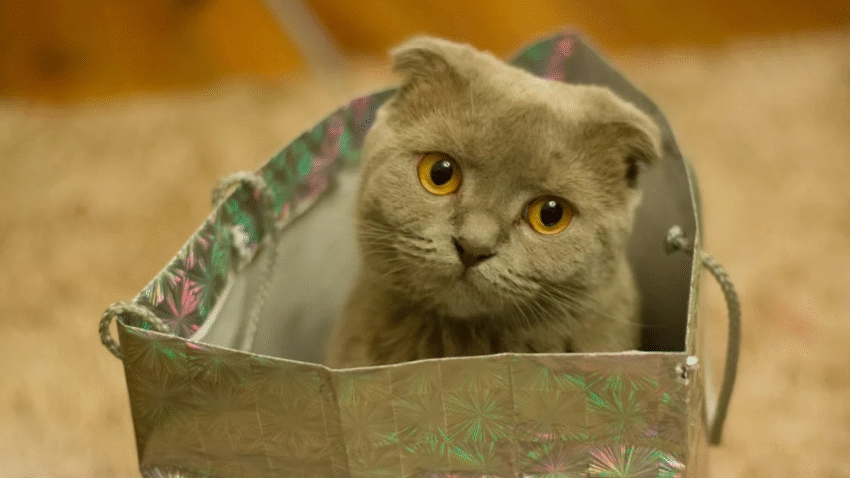Introduction
Living in a small apartment or home with a cat? Struggling to keep litter box smells under control? You’re not alone. In tight living quarters, even a little odor can quickly take over the room. The good news is, with a few strategic habits and products, you can minimize litter box odors and keep your space smelling fresh. This article walks you through simple, proven steps to manage litter box smells in small spaces.
Why Odor Control Matters in Small Spaces
In a compact home, there’s little room for smells to dissipate. Litter box odors can make your living space feel unhygienic and uncomfortable—not only for you, but for your guests and your cat. Plus, poor litter maintenance can cause your cat to avoid the box altogether.
Effective odor control leads to:
- A cleaner, more pleasant home
- Happier, healthier cats
- Fewer accidents outside the box
- Less stress for everyone living in the space
Whether you’re in a studio apartment or a shared home, the right techniques make all the difference.
Step-by-Step Guide to Reducing Litter Box Odors
Step 1: Scoop the Box Daily—At Minimum
- The number one rule: scoop at least once a day.
- In small spaces, twice a day is even better.
- Scoop clumps and solids, and stir the remaining litter to release trapped odors.
Tip: Use a litter scoop with fine holes to catch even small clumps that may contribute to odor.
Step 2: Use a High-Quality, Clumping Litter
- Choose unscented clumping litter with odor control properties like activated charcoal or baking soda.
- Avoid strong fragrances—they often mix with waste smells and make it worse.
- Dust-free litter also improves air quality and reduces respiratory irritation for both you and your cat.
Clay, walnut, and corn-based litters with natural deodorizers are popular options.
Step 3: Replace All Litter Weekly
- Even with daily scooping, litter eventually becomes saturated with odor.
- Once a week, dump out all the litter, wash the box, and refill with fresh litter.
How to clean the box:
- Use warm water and mild, unscented dish soap.
- Avoid harsh chemicals like bleach or ammonia, which can irritate your cat.
- Dry thoroughly before refilling with clean litter.
Step 4: Choose the Right Litter Box Design
- Covered litter boxes can help contain odors, but only if you clean them frequently.
- Top-entry boxes trap less odor in the air and reduce litter tracking.
- Self-cleaning litter boxes can be helpful if you’re away during the day, though they require regular maintenance too.
Make sure your cat actually likes the box design—you don’t want to solve one problem and cause another.
Step 5: Use a Litter Mat and Odor Absorbers
- A litter mat reduces tracking and keeps the area cleaner.
- Place activated charcoal or baking soda underneath or beside the box to help neutralize odors.
- Use a deodorizing spray specifically made for litter boxes to freshen up the space in between scooping.
Step 6: Optimize Box Placement and Ventilation
- Don’t hide the box in an airtight cabinet—it traps odors and makes things worse.
- Choose a location with good airflow—near a window, fan, or air purifier.
- Consider a small air purifier in the same room to continuously clean the air.
If possible, avoid placing the box near food areas or your main living space.
Common Mistakes to Avoid
1. Using Strong Fragrances
Overpowering perfumes or scented sprays may irritate your cat’s sensitive nose and discourage box use.
2. Skipping Full Cleanings
Even with regular scooping, bacteria builds up in the box. A full clean every week is essential.
3. Using the Wrong Litter Type
Cheap, low-absorbency litters won’t lock in smells and can turn your space into a stink zone quickly.
4. Only Having One Box
If you have more than one cat, always have one litter box per cat plus one extra, even in small spaces.
5. Ignoring Signs of Medical Issues
Strong ammonia smells or constant odor may signal a health issue, like a UTI. If things smell off despite cleaning, consult a vet.
Extra Tips & Recommendations
- Try a Litter Box Deodorizer: Sprinkle baking soda or commercial deodorizers into the litter between cleanings.
- Use a Covered Trash Bin for Waste: Store scooped waste in a sealed container until disposal to prevent lingering smells.
- Try an Enzyme Cleaner for Accidents: If your cat pees outside the box, use an enzymatic cleaner to completely remove odor and discourage repeat accidents.
- Wash Scoops and Mats Weekly: Scoopers and mats also trap odor and bacteria—clean them during your litter box refresh.
Check out our related guide on [How to Treat Minor Injuries on Your Cat at Home] for more tips on managing cat care in tight spaces.
Conclusion
Keeping your litter box odor-free in a small space doesn’t require fancy tools—just consistent cleaning, the right litter, good airflow, and a few odor-neutralizing tricks. With a solid routine and a cat-friendly setup, your home can stay fresh and welcoming for both you and your furry friend. Remember: clean box = happy cat = odor-free home.
